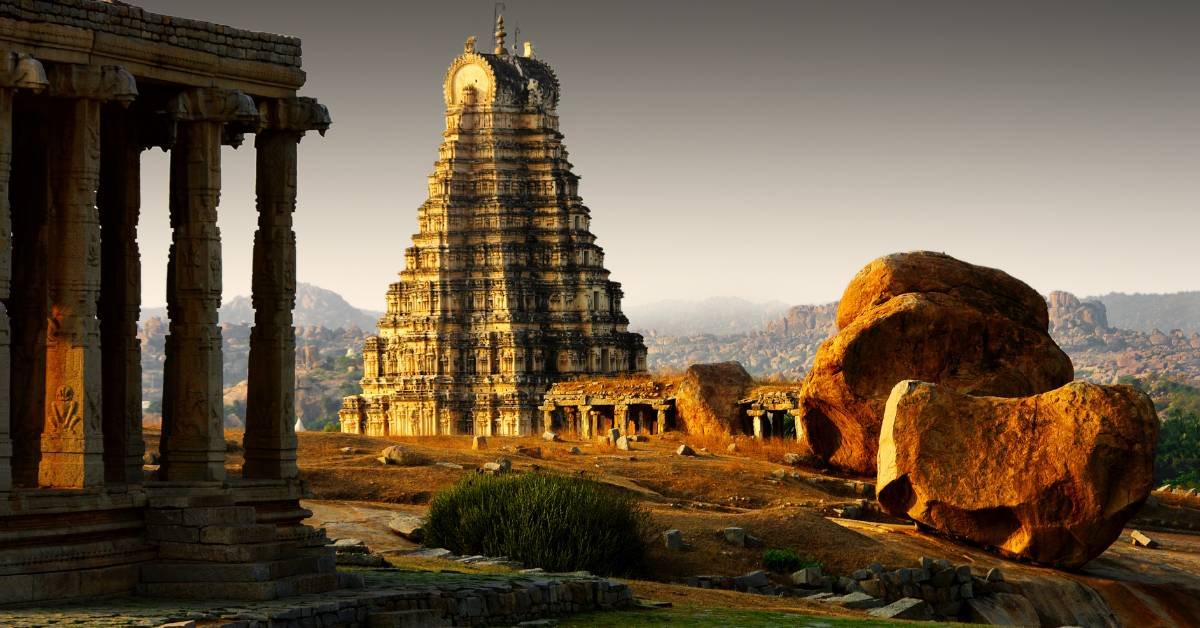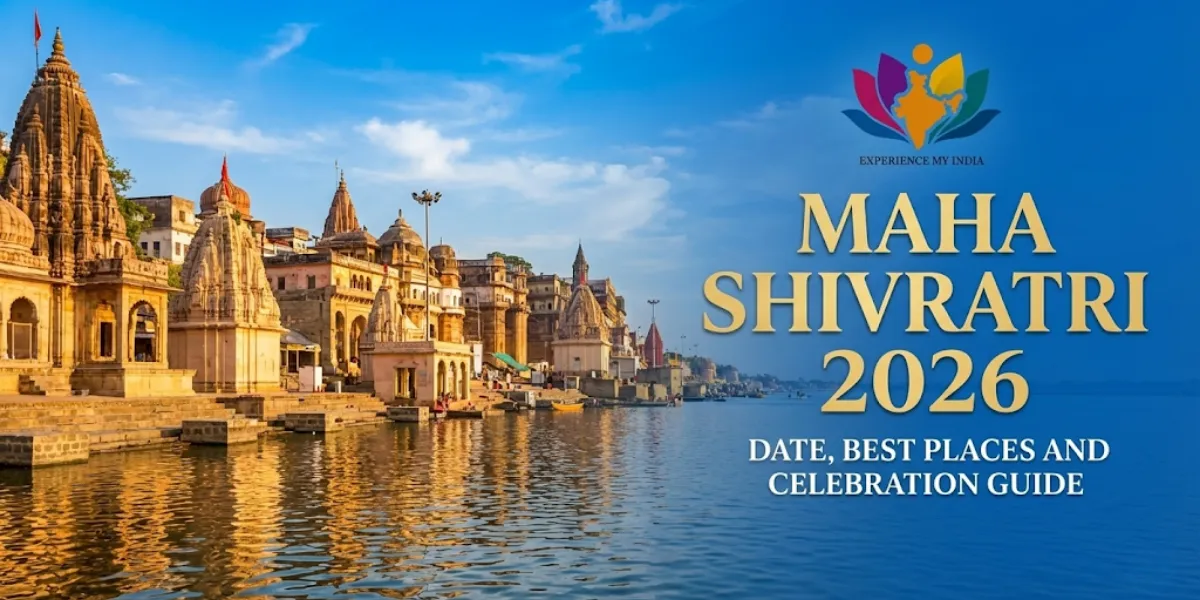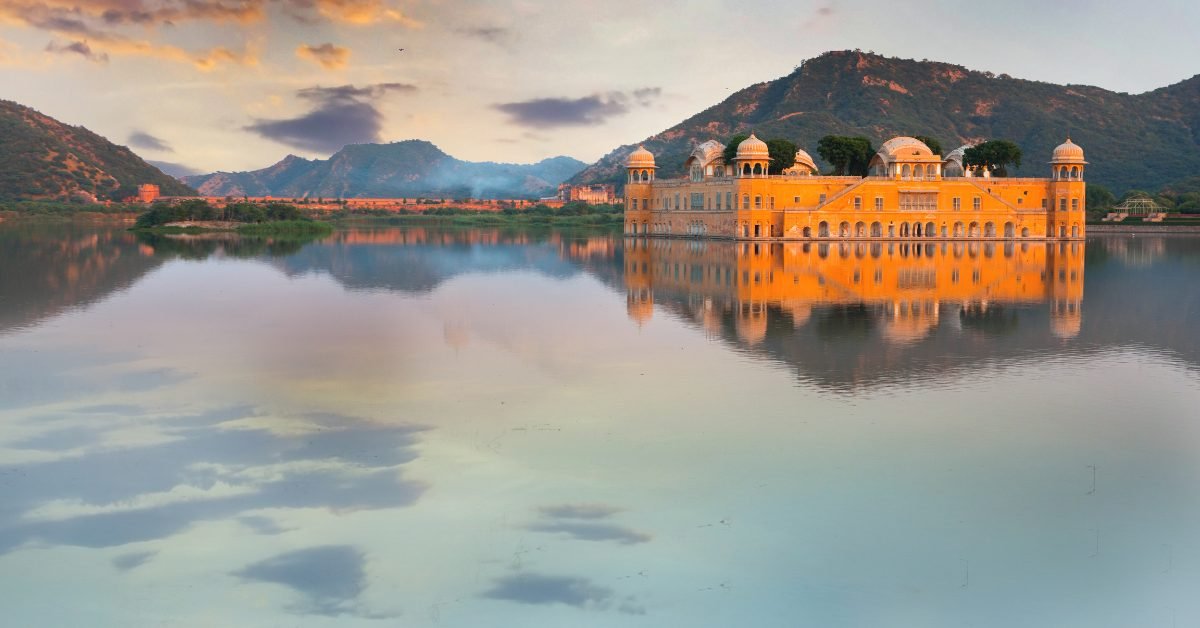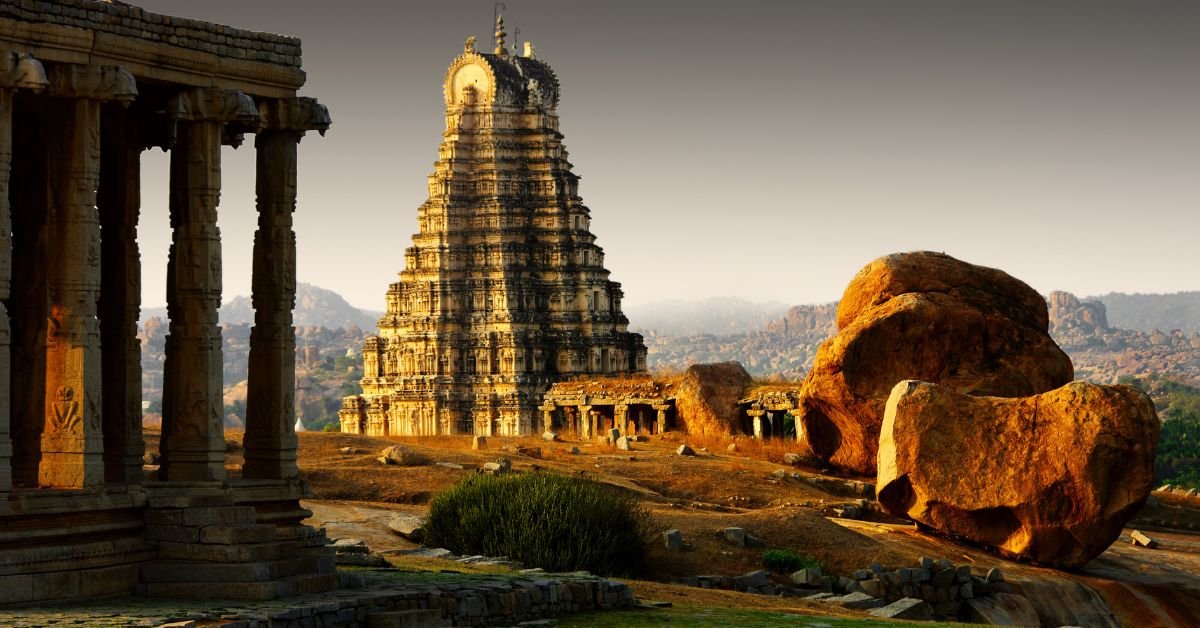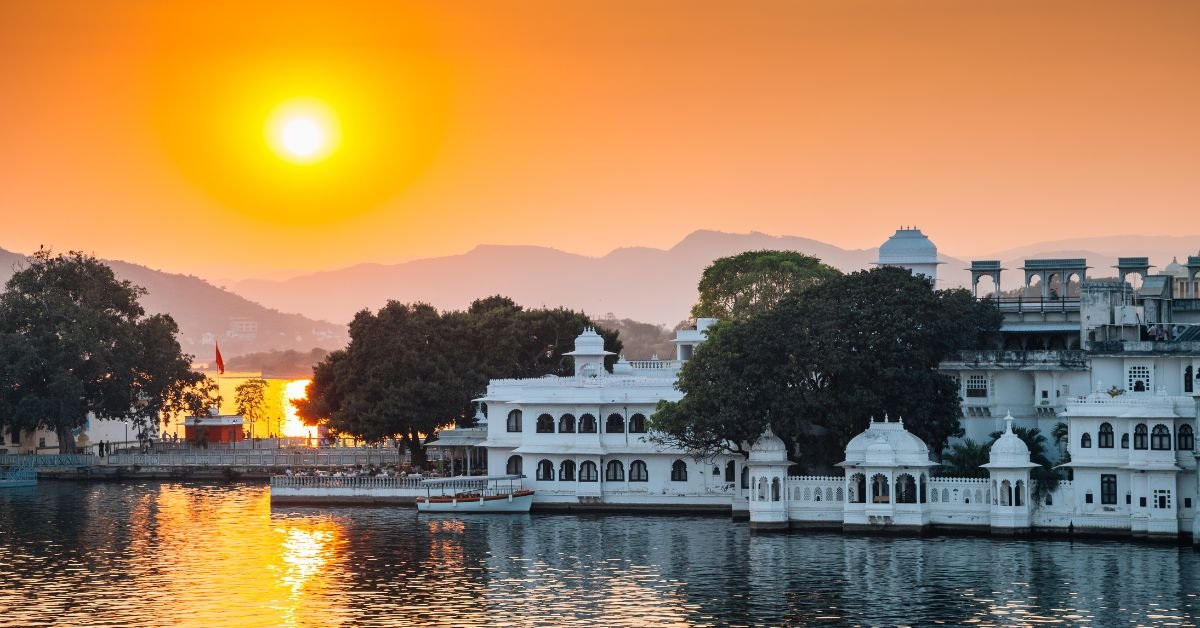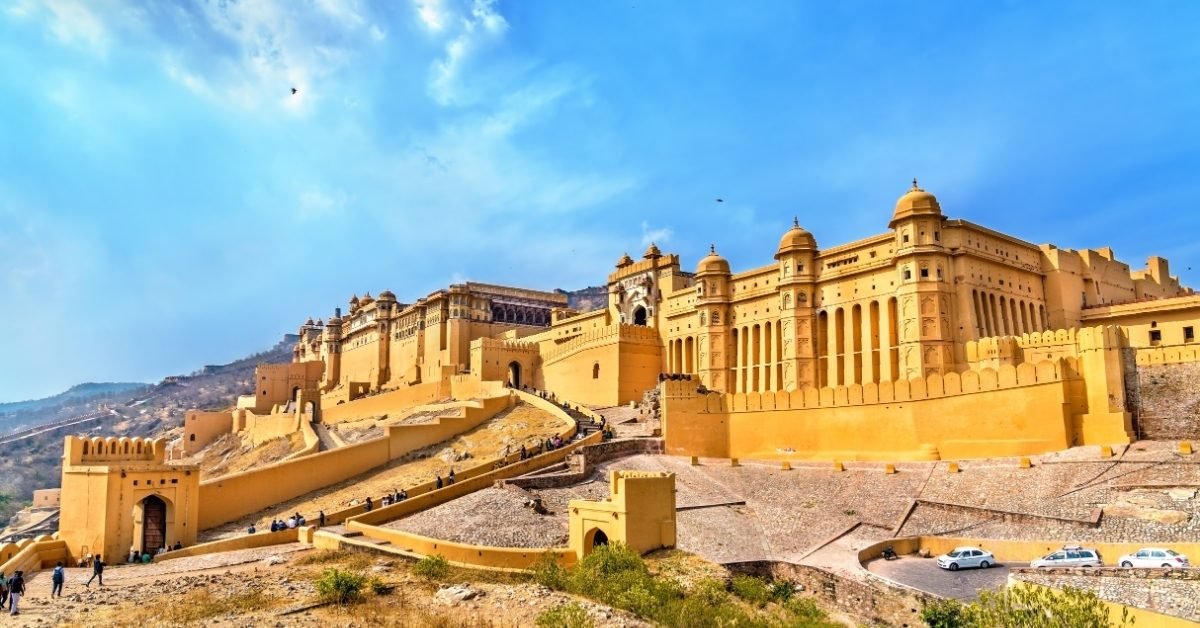Close your eyes and imagine a place where kings once walked and history comes alive with every step. That's Agra Fort for you – a magnificent red fortress that stands proud against the Indian sky. Think of it as a giant storybook made of stone, where each wall could tell you tales of brave warriors, powerful emperors, and royal drama that would put modern TV shows to shame!
From its towering gates to its delicate marble chambers, this isn't just another tourist spot – it's a time machine that takes you straight back to an era of unimaginable luxury and power. Whether you're a history buff or just someone who loves a good story, Agra Fort will make your heart skip a beat with its incredible beauty and secrets waiting to be discovered.
The Majestic Architecture of Agra Fort
- Blend of Persian and Indian Styles: It exemplifies a stunning mix of Persian and Indian architecture. Built primarily in red sandstone, the fort's design showcases intricate carvings, massive arches, and floral inlays that reflect the craftsmanship of Mughal artisans.
- Sheer Scale and Magnificence: The fort stretches across 94 acres, with towering walls over 70 feet high. Each gate, corridor, and structure inside Agra Fort mirrors the grandeur of the Mughal Empire, leaving visitors awestruck.
- Historic Gates and Entrances: The fort features prominent gates, like the Amar Singh Gate and the Delhi Gate, each with unique historical significance. These gates were designed not only for security but also to symbolize the grandeur of Mughal royalty.
- Palatial Halls and Courtyards: Inside Agra Fort are remarkable halls, including the Diwan-i-Aam (Hall of Public Audience) and Diwan-i-Khas (Hall of Private Audience), where emperors held court. These halls boast ornate pillars, chandeliers, and finely detailed walls, echoing Mughal royalty's opulent lifestyle.
Historical Significance: The Mughal Legacy of Agra Fort
- From Humayun to Aurangzeb: The fort was initially constructed by Emperor Akbar and later modified by his successors. Each ruler left their mark, transforming Agra Fort into a symbol of the Mughal dynasty’s power and heritage.
- The Reign of Akbar: Built as a military structure, It was essential for Akbar’s empire. Over time, he developed it into a royal palace, adding exquisite structures that depicted his progressive outlook and grandeur.
- Shah Jahan’s Romantic Legacy: Emperor Shah Jahan added a romantic touch to Agra Fort. From here, he could view the Taj Mahal, the resting place of his beloved wife Mumtaz Mahal. Shah Jahan spent his final years imprisoned in the fort by his son Aurangzeb, gazing at the monument of love.
- Symbol of Power and Warfare: It was more than just a royal residence; it was a strategic defense structure. Its thick walls and numerous gates were built to defend against invasions, making it an epitome of Mughal warfare and power.
The Architectural Marvels Inside Agra Fort
- Diwan-i-Khas: This hall, known as the Hall of Private Audience, was reserved for the emperor’s most confidential discussions. The hall’s intricate design, with marble inlays and gilded artwork, reflects the splendor of royal gatherings held here.
- Sheesh Mahal (Mirror Palace): One of the most enchanting parts of Agra Fort. Artisans adorn the walls of the Sheesh Mahal with small mirror mosaics.
The beauty of this structure lies in how light reflections create a mesmerizing effect, making it a visual delight. - Jahangir’s Palace: This palace within Agra Fort was built by Akbar for his son Jahangir. Known for its sandstone carvings and unique architectural style, it reveals insights into royal family life and Mughal aesthetics.
- Moti Masjid (Pearl Mosque): Known as the Pearl Mosque, this structure within Agra Fort stands as a symbol of purity and devotion. Built in pristine white marble, its serene ambiance attracts visitors who seek peace amidst historical grandeur.
The Mystical Allure of Agra Fort’s Gardens
- Anguri Bagh: One of the most beautiful spots within the Fort is Anguri Bagh, the Grape Garden. Lush and symmetrical, this garden once served as a royal retreat and adds an enchanting touch to the fortress’s imposing architecture.
- Symbol of Royal Indulgence: The Mughal royals created the gardens of Agra Fort as spaces for leisure and relaxation.
Intricately designed, the gardens offered a refreshing escape amidst the heat and grandeur of Agra. - Gardens of Reflection: These gardens served not only to enhance beauty but also as spaces for reflection and meditation.
Emperor Akbar and his descendants often sought solitude here, inspired by the peace and tranquility of nature. - A Place for Royal Festivities: Agra Fort’s gardens were also the venue for grand festivities, with fountains, floral displays, and evening lights enhancing the royal experience. It’s easy to imagine the Mughal emperors reveling in these stunning landscapes.
The Fascinating Legends and Myths of Agra Fort
- The Tale of Shah Jahan’s Imprisonment: One of Agra Fort’s most famous stories is Shah Jahan’s imprisonment by his son Aurangzeb. From his cell, Shah Jahan could only gaze at the Taj Mahal, a bittersweet reminder of his eternal love for Mumtaz Mahal.
- The Hidden Treasures of Agra Fort: Legends suggest that Agra Fort houses secret passageways and hidden treasures. Many believe that Mughal emperors hid precious jewels within its walls, sparking curiosity among history enthusiasts.
- Haunting Stories and Mystical Elements: Some locals and visitors have reported mysterious occurrences in certain parts of it. From whispered legends of unseen visitors to chilling tales of imprisoned souls, the fort’s mystique adds to its allure.
- Symbol of the Mughal Dynasty’s Rise and Fall: Agra Fort witnessed the zenith and decline of the Mughal Empire. Making it a silent testament to an era of immense power and inevitable downfall. The fort’s history reflects both the glory and the tragedy of the Mughal dynasty.
Planning Your Visit to Agra Fort: Tips for a Memorable Experience
- Best Time to Visit Agra Fort: The ideal time to explore Agra Fort is between October and March when the weather is pleasant. Early mornings or late afternoons offer the best lighting for capturing stunning photographs of this architectural marvel.
- Guided Tours for In-Depth Knowledge: To truly understand the history and significance of Agra Fort, opt for a guided tour. Professional guides bring the fort’s rich past to life, sharing anecdotes and insights you wouldn’t want to miss.
- Exploring Beyond the Main Attractions: While Diwan-i-Khas, Diwan-i-Aam, and Jahangir’s Palace are must-sees, venture off the beaten path to explore lesser-known corners of Agra Fort, where you may find hidden architectural gems.
- Photography Tips for Agra Fort: Capture the essence of the Fort by focusing on its detailed carvings, expansive courtyards, and the view of the Taj Mahal in the distance. Experiment with angles to get the best shots of this historical masterpiece.
Conclusion
Agra Fort stands as a grand testament to India’s royal heritage, a place where architecture, history, and art converge. Walking through its expansive courtyards, intricate halls, and lush gardens feels like stepping back into the splendor of the Mughal Empire.
Visiting Agra Fort is not just a journey through India’s royal past but an experience that brings history alive. Leaving every traveler spellbound by its beauty and timeless tales.
Book your tour packages with us for a seamless experience and make memories for lifetime.







